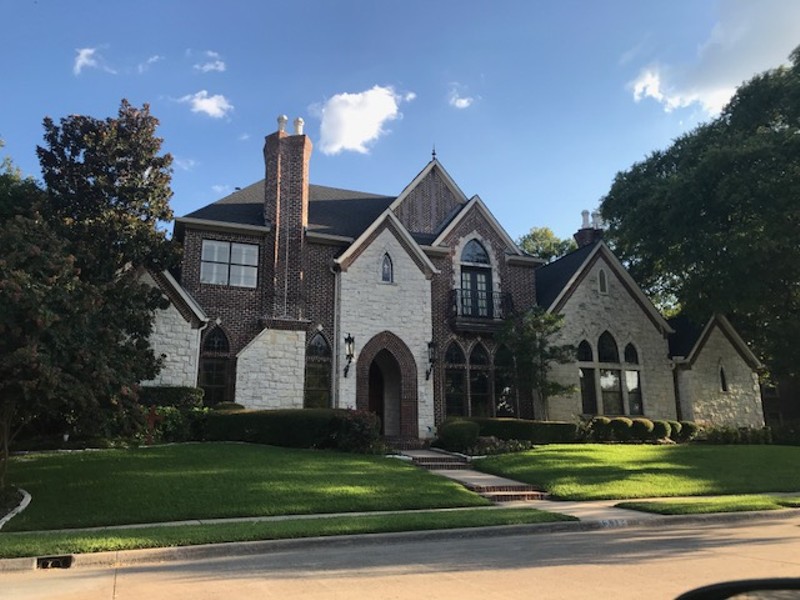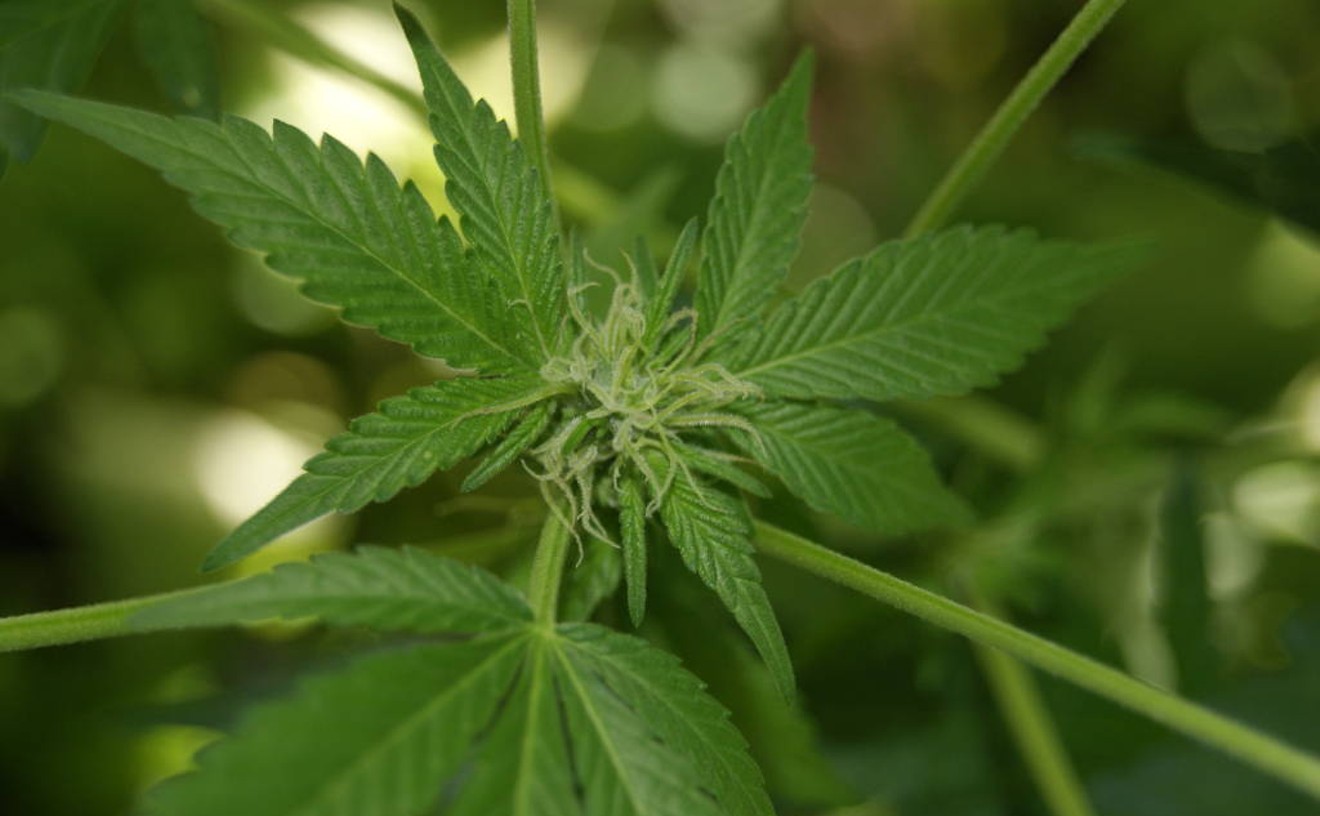It’s no secret that in Dallas old things get knocked down and replaced with new ones. With that trend in mind, the city is currently updating its guidelines for how public and private land should be used through ForwardDallas, and the city council has recently adopted a plan to preserve local history.
Still, some historic neighborhoods don’t want to wait for protections.
Many neighborhoods, especially in Oak Cliff and East Dallas, are showing a renewed interest in becoming conservation districts, Chief City Planner Trevor Brown told the Observer. Brown handles the application process for all neighborhoods looking to pursue the zoning tool that can be used to identify key architectural characteristics of a neighborhood and prevent nonconforming developments from moving in.
While conservation districts in Dallas date back to 1988, the city plan commission and city council recently approved the first new district in 13 years: Oak Cliff’s South Winnetka Heights. In the time between districts being created, city staff turnover resulted in a Planning and Urban Design department whose members were all completely new to navigating the lengthy process.
Pre-application meetings for South Winnetka Heights began in late 2020 — although the pandemic kept the ball from really rolling for a few years — and the ordinance was ratified earlier this year. Ongoing efforts to expand the Lakewood Conservation District were started in 2022, and neighbors met 17 times to discuss their architectural self-determination standards. A draft ordinance will be released sometime in the next month, Brown said.
“Forming a conservation district is more like a marathon than a sprint,” Brown said. “I think one of the biggest takeaways for me, now that I’ve been through 1¾ of these processes, would be that I now can see potential pitfalls early in how neighbors are being engaged and getting their information. Every neighborhood will be different, but I also believe we will be better prepared.”
Because the application process is an intensive one, the city decided to limit new application processes to just a few neighborhoods at a time, staggering the starts to keep the months of neighborhood meetings and ordinance drafting from taking place at the same time as another district. But after 13 years of no new districts, that decision seemed like a practical precaution rather than a necessary one.
But when things finished up in South Winnetka Heights, a handful of neighborhoods all jumped to take the empty spot.
Keeping Stevens Park Village Quaint
Less than three miles north of South Winnetka Heights sits Stevens Park Village. Made up of small, cottage-style homes with Austin stone siding and hipped and gabled roofs, the neighborhood is cozy, traditional and quaint.
David Preziosi, who moved into the neighborhood in 2013, was working for Preservation Dallas and sitting in on Zoning Ordinance Advisory Committee (ZOAC) meetings in 2015 when the group reworked the conservation district process guidelines. Overly familiar with the process, he and a neighborhood committee started working on determination of eligibility in 2022 to be next on the list for a conservation district spot. According to Brown, it was a position “several neighborhoods” — many of which are in Oak Cliff — were vying for.
“We’ve seen in Oak Cliff that there are certain areas where houses are being demolished and new ones are being put up. They’re larger in scale, they don’t match the architectural style of what’s in the neighborhood,” Preziosi told the Observer. “I think people are concerned about that happening in their neighborhood, and this is a way to help control development.”
Stevens Park Village is currently hosting pre-application meetings to educate the neighborhood about the process. Those meetings also give residents the chance to decide what types of features they want to regulate in the neighborhood. Anything from home color to height limitations to how windows are framed can be on the table. After the city receives signatures from a majority of residents agreeing to undergo the process, months of meetings held by Brown are used to develop a governing ordinance that, if approved by the city plan commission and city council, will limit any future development to conforming standards.
Brown believes that the “explosive growth” throughout DFW and Texas could be contributing to the sudden interest neighborhoods are showing in becoming conservation districts.
“Another factor could be these established neighborhoods are beginning to see some turnover as longtime residents begin to move out and new owners aren’t living in these homes to get a feel for the neighborhood before making significant changes to their new house,” Brown said. “Some neighborhoods are deciding to be proactive, instead of reactive, to maintain the character of their neighborhood after seeing what has happened in other parts of the city.”
Other Texas cities are jumping on the conservation district train, too. Last spring, Houston approved a pilot program for the city's first six conservation districts. San Antonio has 10 districts dating back to 2002. South Winnetka Heights marked Dallas’ 21st district.
For a city that hasn’t been known for its historical preservation efforts, Dallas has done fine when it comes to conservation districts, Preziosi thinks.
“Dallas has really been doing conservation districts for a long time. ‘88 was the first one, with Kings Highway in Oak Cliff,” Preziosi said. “We’ve been doing it a lot longer than other cities have.”












